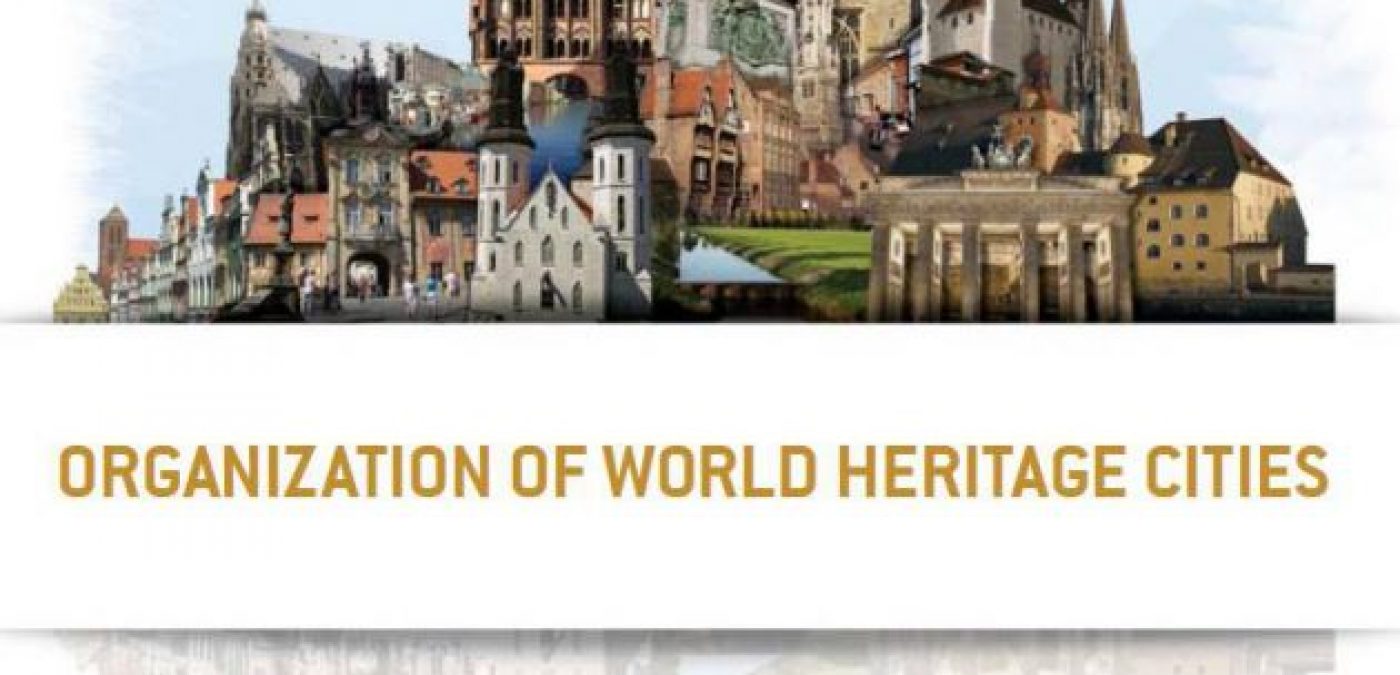5 December 2013
Position Paper of World Heritage Cities in Region North-West Europe published

Many publications on World Heritage Cities are available, but most of them have been written by academia, preservation professionals or heritage institutions. This position paper has been written by the World Heritage Cities themselves and gives a clear picture of what the World Heritage Status as a cross-cutting topic means for the cities:
Built environments that are especially worthy of protection, like UNESCO World Heritage Cities, are often affected by intensive use from a wide range of municipal functions. Tourism and associated transportation uses, alongside residential and commercial uses in the retail and service industries, can affect the ecclesiastical and public functions (of a town). This leads to conflicts and requires special and careful planning that is coordinated and integrated. In addition to the resultant challenges, such as achieving a desirable balance between residential and event uses, there lie, within balance, great opportunities to advance economic development by using the UNESCO World Heritage status. In this way a city can develop its own competitive profile. New challenges such as demographic change, climate change, migration trends, and the resultant needs for integration can only be overcome by integrated approaches and an appropriate administrative framework.


